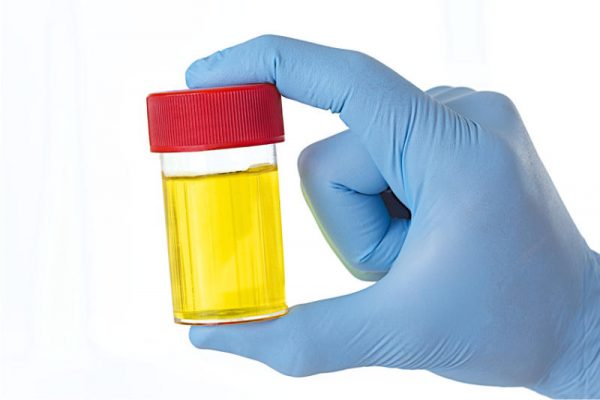While we don’t tend to talk about our pee too often – even to our physicians – it’s actually part of an incredible system to which we owe much of our health. Our kidneys work round the clock to filter water-soluble wastes, toxins, bacteria, yeast, excess protein, and sugars out of our blood, that would otherwise build up in our system and make us ill. And not only does our urinary tract work as an effective filtration and disposal system, but it also functions as an early warning detection system, flagging certain signs and symptoms of potentially serious health problems that may otherwise go unnoticed.
The next time you head to the loo, here’s what to look for:
What your urine color says about your health
Urine is made up mostly of water, as well as uric acid, minerals, enzymes, waste materials, and substances such as urochrome, which gives urine its usual straw-yellow color. Here is your color reference list:
Pink or red: From beets, blackberries, and iron supplements, the color change usually is temporary and harmless. It sometimes occurs after strenuous exercise, but it can also flag other, more serious conditions, such as hematuria (blood in the urine). A 2012 analysis published in the Southern Medical Journal lists off several possible causes, such as kidney stones, urinary tract infections, enlargement of the prostate gland, anemia, certain inherited conditions, or bladder cancer. If you notice pink- or red-hued urine, then contact your doctor immediately. Your doctor can perform a simple test to determine whether it’s actually due to blood in your urine and where to go from there.
Brown: From rhubarb and fava beans. This is also a common alert for the presence of a urinary tract infection, especially if you experience a burning sensation when you go. With normal urination, you shouldn’t feel any discomfort. Brown could also indicate a buildup of bilirubin in the blood, possibly indicating a liver problem, a blocked bile duct, a gallstone, hemolytic anemia, or a tumor.
Orange: From carrots and B vitamins. Darker orange could signal severe dehydration. This could easily be remedied by drinking more fluids, but if ignored it could eventually lead to serious complications such as cramping, chronic fatigue, brain swelling, seizures, or low blood volume.
Green or blue: From asparagus and some antidepressant medications. In more unusual cases, this could mean a urinary tract infection.
Dark yellow or amber: You may be severely dehydrated. Drink more fluids. If ignored, this could eventually lead to serious complications such as cramping, chronic fatigue, brain swelling, seizures, or low blood volume.
Transparent: Clear urine is a sign of being too hydrated.
Pale straw to amber or honey: This coloring reveals you are well hydrated, but if it gets darker you may need to fill up on some H2O.
White or milky: White or milky urine could indicate an excess of certain minerals or proteins in your urine. Consult with your doctor if your urine appears white or milky. (continue reading)
